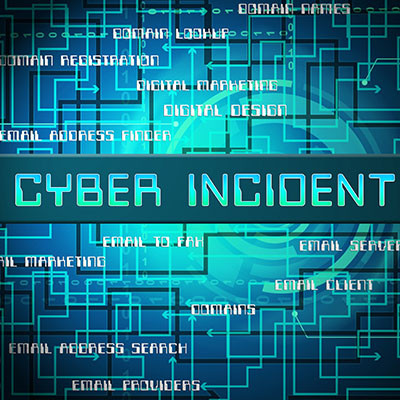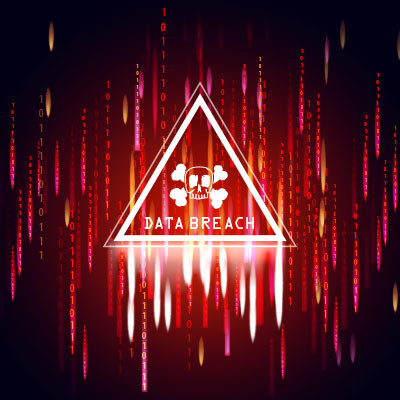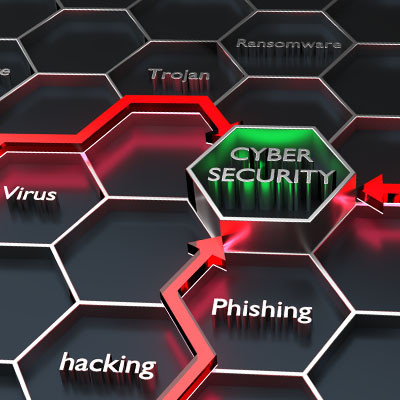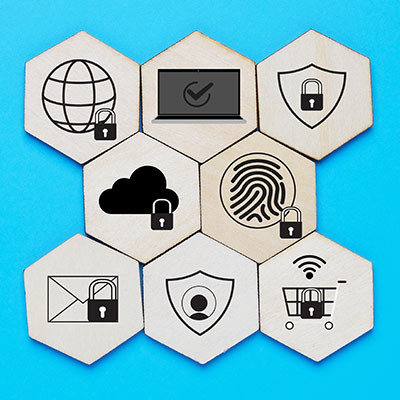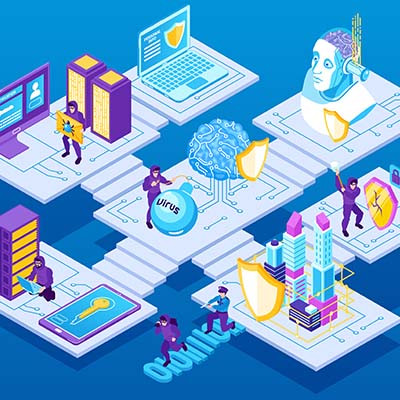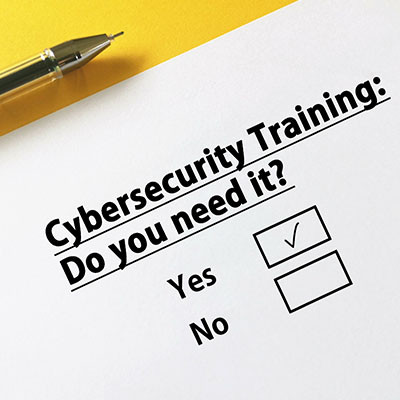Small and medium-sized businesses largely rely on their standing amongst their audience, which means their reputations are critically important to preserve. Unsurprisingly, one of the fastest ways to damage—if not eliminate—their reputation amongst the public is to suffer a cybersecurity event. Let’s examine some statistics, and consider what you need to do to keep your business from becoming one.
Global Tech Solutions Blog
Technology and digital tools are a hot topic on our blog, but where there is technology, there is also data… and where there is data, there will be hackers trying to steal it. Data breaches are a common thread in all industries, and to prove this, we have put together six of the most notable data breaches from 2023. We hope you can learn a thing or two from them!
Cybersecurity has become a paramount concern for individuals and organizations alike. With the constant threat of cyberattacks and data breaches, it is crucial to have robust security measures in place. This is where cybersecurity consulting comes into play. Below, we will explore the various ways in which consulting services contribute to enhancing cybersecurity.
For today’s business, there are very few threats that are as pervasive as cyberthreats. For this reason organizations that are willing to invest in their cybersecurity seem to have more control over their data and operations. With cyberthreats constantly evolving and becoming more sophisticated, it is crucial to equip ourselves with the right tools to protect our digital assets. In this week’s blog post, we will explore some of the most important cybersecurity tools that every individual and organization should consider implementing.
Does your business rely on the strength of its information systems? If so, you understand just how important cybersecurity is to the health of your organization. In a near-constant attempt to maintain organizational cybersecurity, many organizations have started changing the way that they approach data and network security, by moving their security efforts to the edge of their network. This is called edge security, and there are some very intriguing benefits.
Phishing is the most widespread attack vector for modern day hackers. They are continuously evolving, getting more and more sophisticated, and therefore more dangerous. In this month’s newsletter, we are going to go through what makes a phishing attack and how to give your organization the best chance at keeping them from being a major problem for your business.
Every organization that uses technology has policies and procedures that dictate the way that the people that work there have to deal with the technology that they give them. When you hire new employees, you need to be able to get them to understand that they have a significant role to play in the way that the business operates. Let’s go through some of the considerations you need to explain to your new employees so they can better understand how to interact with business technology.
Cybersecurity is quickly becoming one of the leading risks that businesses of all shapes and sizes face. Cyberattacks are expensive, they risk your continuity, and they could even get you in hot water when it comes to compliance regulations, local and state regulations, and virtually any entity you are associated with.
It might feel like this is an insurance company’s way to nickel and dime business owners, as premiums will continue to rise, especially for businesses that aren’t meeting certain requirements, but the truth is, with so much risk, the entire world needs to adjust for cybersecurity.
Do you know those horror stories you catch every so often where a huge business has their network hacked and millions of their customers and employees have their personal and financial information leaked onto the Dark Web? Your organization isn't likely as big as theirs, but regardless of how much money, people, and diverse revenue streams an organization has, having its network breached and its customers’, or its employees’, information strewn about over the Dark Web is not an ideal scenario.
Cyberattacks have caused many millions of dollars worth of damage to businesses over the past several years, so it makes sense that your business should invest in its cybersecurity to mitigate these damages. That said, there is only so much you can invest into your cybersecurity budget, as you have to factor in other parts of your business, too. Today, we want to share with you three ways you can invest in cybersecurity initiatives that won’t completely break your bank.
How many devices or points of access do you have for your business’ data infrastructure? Chances are it’s more than you think, at least at first glance. If you count up all the mobile devices, server units, workstations, laptops, and so on that have access to your network, you might suddenly realize how important it is to secure all of these endpoints, as any unsecured device could be a path forward for hackers.
We live in a world that is constantly connected, be it through a wireless connection or through your smartphone’s mobile data. This makes it especially important to practice appropriate cybersecurity practices while you’re connected to a wireless network. Let’s go over some wireless cybersecurity best practices you can keep in mind when using your wireless technology.
With many people choosing to work remotely, and businesses more or less embracing the idea of employing mobile teams, the tools and strategies needed to keep your business’ data and infrastructure safe could be new to your business, but for the most part many of them are actions that any organization looking to secure their IT would take. Let’s take a look at some of the strategies used to secure remote endpoints.
With Google Chrome being one of the most popular web browsers out there, it’s no surprise that threats want to target it and take advantage of its users. However, up until recently, there have not been very many zero-day threats associated with Chrome. Zero-day threats are attacks that have never been seen before, affecting a new and previously unknown vulnerability. We want to remind you that it’s not always a bad thing when vulnerabilities are discovered in a browser or web application—in fact, it can actually be indicative of good monitoring practices.
Cybersecurity is incredibly important for any organization that requires IT to remain operational (basically all of them), so it’s time to start thinking about your own strategies and how you can keep threats out of your network. One viable solution your business can implement is a Security Operations Center (SOC). What is a SOC, and how can you use it to keep threats off your network?
It can be tough to get your staff to care about your business’ network security, especially if they don’t consider it part of their day-to-day tasks or responsibilities. However, network security is not just isolated to your IT department; it matters to everyone, and if you can convince your staff to adhere to best practices, your security will be that much more effective moving forward. Here are seven tips you can use to get your staff to care about network security.
There are a lot of threats out on the Internet, and many of them have absolutely a slim chance to threaten your business. Unfortunately, there are plenty that can and it only takes one to set your business back. Many IT professionals currently working for enterprise businesses deal with threats day-in and day-out, so they are experienced and knowledgeable. Small business owners, who for all intents and purposes are the lead IT decision-makers, don’t always consider these risks; they just need to keep their business running effectively.
You see the headlines every single day while browsing the Internet: “So-and-So Suffers Massive Data Breach” or “Huge Data Breach Leaves Thousands of Credentials Exposed to Hackers.” Maybe you don’t see these specific headlines, but you get the idea; cybersecurity is a big deal these days, and you need to take it seriously before your business encounters problems that it cannot recover from.


